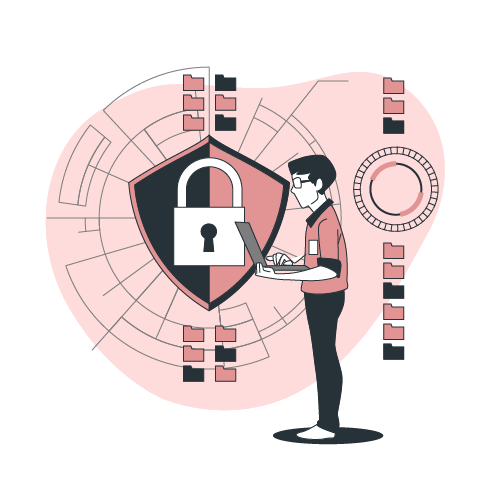There are not many CTEM tools that can claim they solve what a true CTEM needs to solve. We have one of the only CTEM solutions that solves the enterprise security needs.
Ours is asset-centric, prioritizing assets so the most important assets are addressed first.
Nanjgel incorporates the core security issues that every enterprise needs to secure so that the most important security issues can be fixed immediately.
The Platform does not need to integrate across security issues, as it was built to normalize data automatically.
No other CTEM security solution provides the automatic asset discovery and prioritization; automatic security issue gathering, analysis, and prioritization; health reporting for the organization and assets; compliance reporting with a single click; and issue remediation guidance that we provide.
